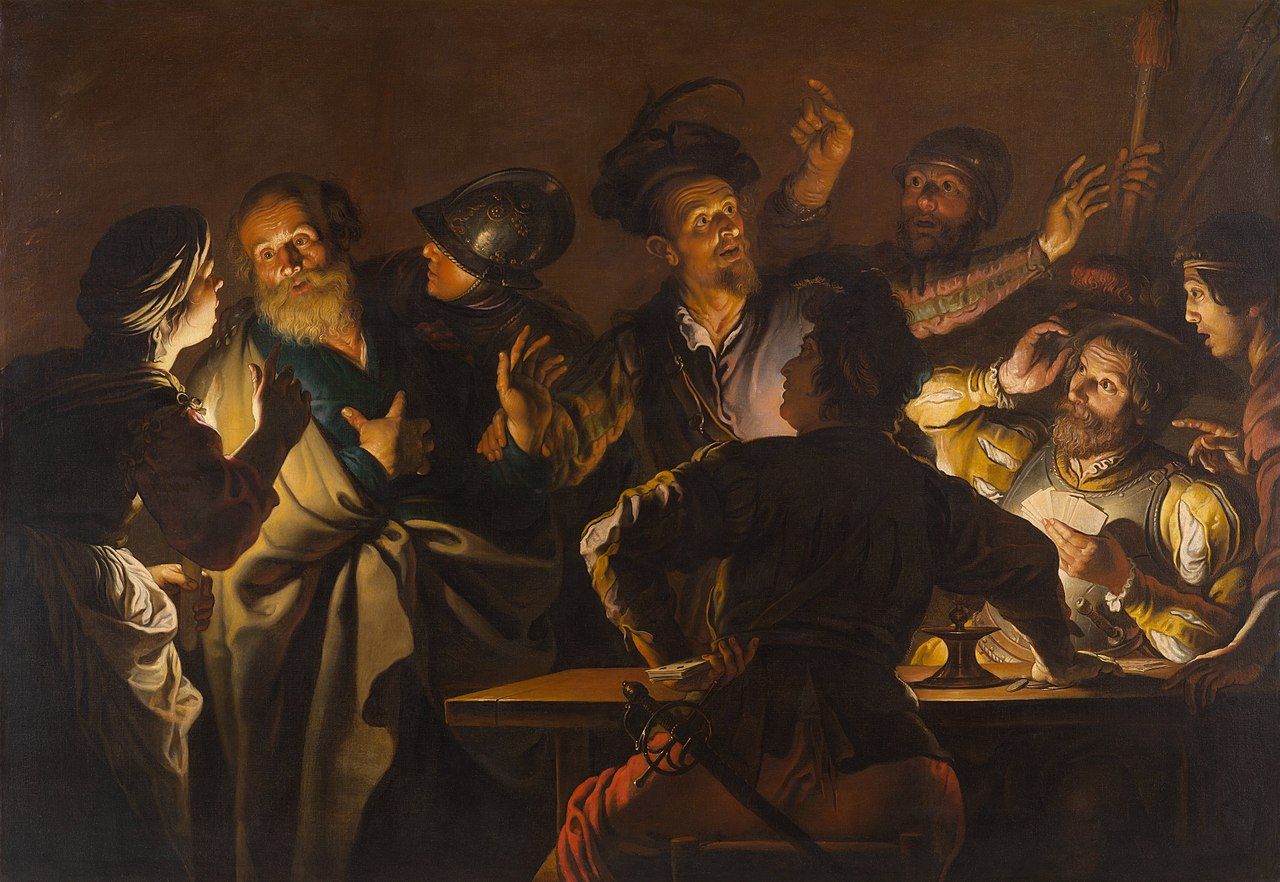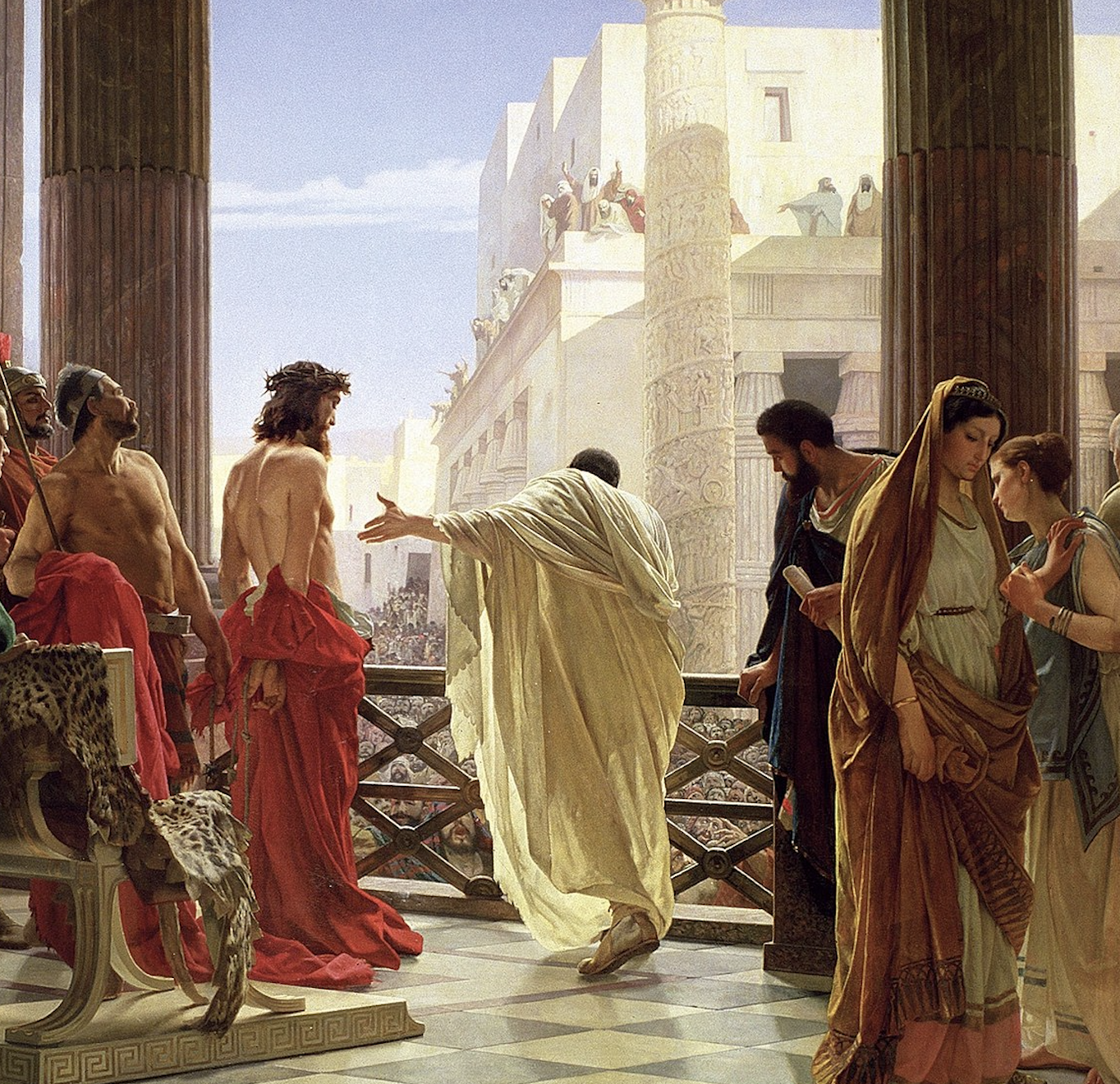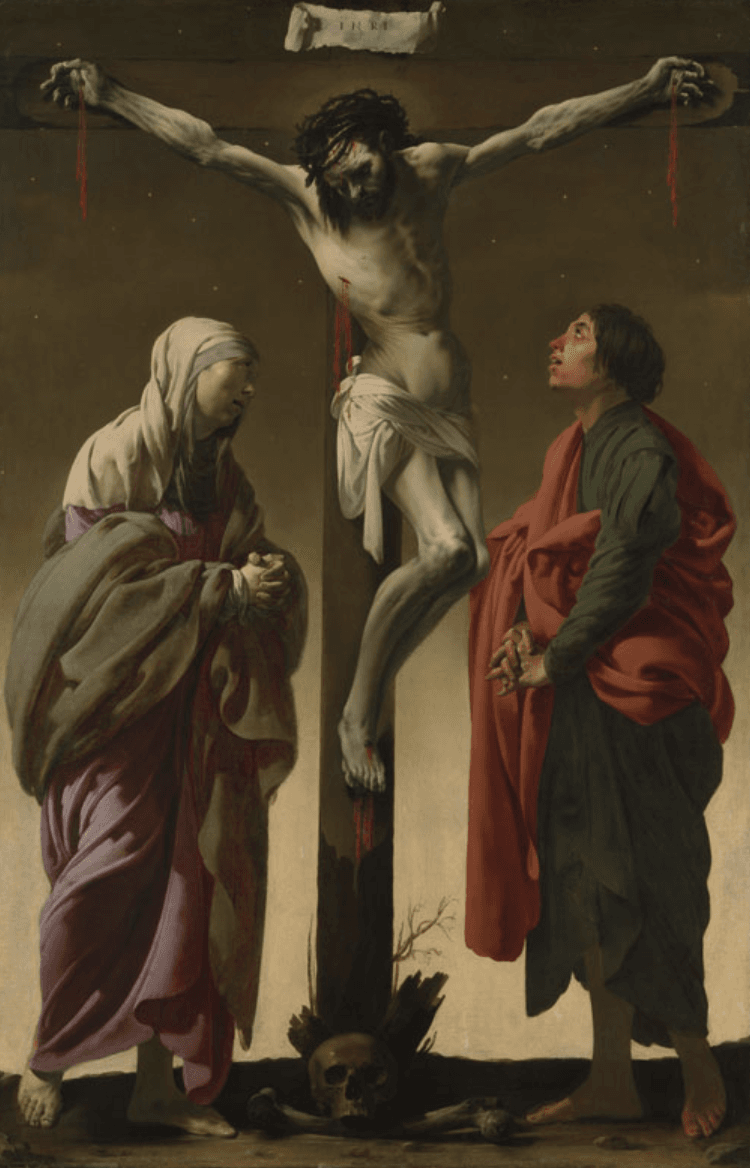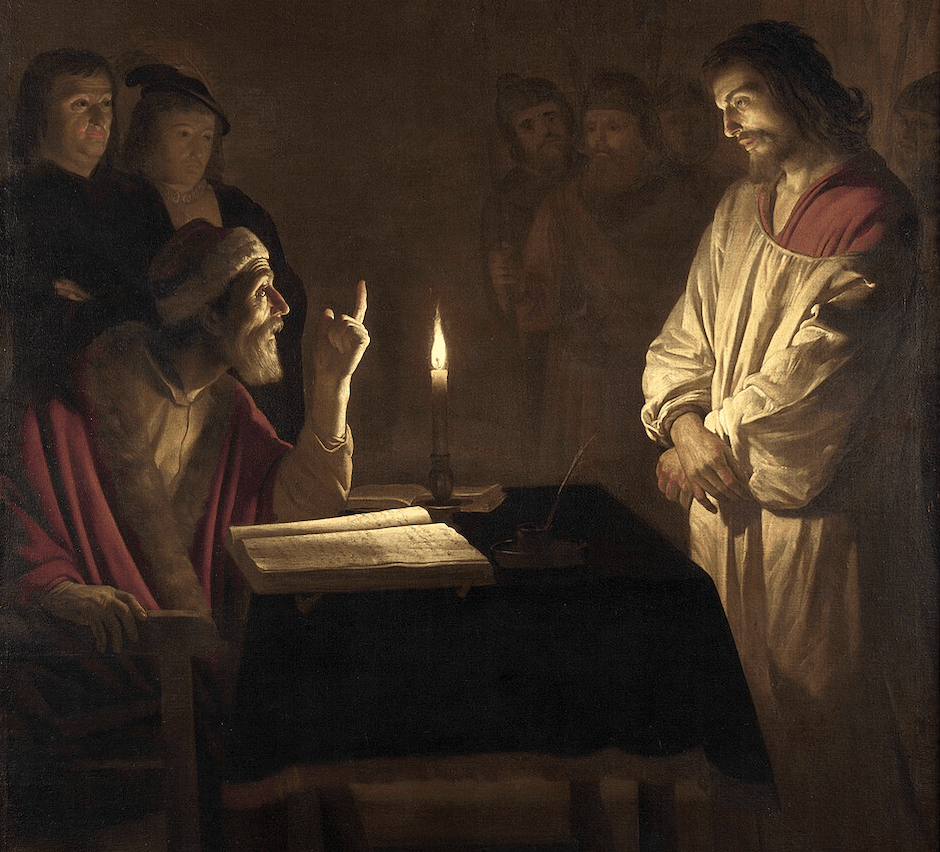GOOD Friday.
Most occasionally-observant Catholics, when they hear those two words, think of fish for dinner and the pubs closing early. But while fewer people opt for fish (always brown in our house) and the pubs stopped closing early in 2021, Good Friday remains one of the most holy, melancholy and solemn events in the Christian calendar.
It's the day when Christians around the world are united in commemorating the crucifixion of Jesus Christ. So heavily-laden with import and moving imagery is the day of the crucifixion, that even a less-than-devout Catholic feels compelled to stop short, to reflect and to ponder the infinite and wondrous significance of what happened.
While most are familiar with the stations of the cross, it’s not widely known that the entire heartbreaking tableau of Jesus’s trial, suffering and death was enacted in a single Good Friday morning-into-afternoon.
This Good Friday, why not take the time to pause and consider the pain, but also the joy and inspiration, that are so central to the story of Jesus. This can be done perhaps best in a silent church with the iconography draped in the purple of Lent; but the passion of Our Lord can be reflected upon wherever you are, and whatever your circumstances.
4am to 6am
Having been betrayed by Judas, Jesus is arrested and held on Thursday night, until at around 4am on Friday morning the bound Jesus is brought by Roman soldiers to Caiaphas, the High Priest of Israel and Jerusalem, who takes turns with his father-in-law Annas at questioning the prisoner about his alleged blasphemy. Asked if he is the Son of God, Jesus replies: “You have said so.” Caiaphas flies into a rage, ripping his own clothes. “He has spoken blasphemy!” he calls, the onlookers loudly agreeing and damning Jesus as worthy of death.
BETRAYAL: Peter denies knowing Jesus in ‘The Denial of St Peter’ (circa 1620), by Gerard Seghers (North Carolina Museum of Art)
While Caiaphas questions Jesus, Peter is below in a courtyard, warming himself in the chill or early morning at a fire lit by Roman guards. A servant girl of Caiaphas passes and looks enquiringly at Peter by the light of the fire. “You were with the Nazarene,” she says to him. Peter denies it. And the rooster crows.
6am to 9am
Jesus is delivered from the house of Caiaphas to Pontius Pilate, the Roman Governor of Judaea. With Chief Priests and elders by his side, Pilate asks Jesus: “Are you the King of the Jews?” Jesus gives the same answer he gave Caiaphas: “You have said so.” But he makes no attempt to defend himself, or to answer Pilate’s questions. The Governor is enraged by this, but perplexed and perhaps also impressed, he hesitates in passing the inevitable dread sentence. He frees the robber Barabbas in an attempt to placate the restless crowd, but when this achieves nothing Pilate demands a bowl of water. Washing his hands he tells the crowd: “I am innocent of this man’s blood. The responsibility is yours.” It is a responsibility the now rabid crowd gladly accepts and Jesus is condemned in a welter of cowardice and confusion.
MOB MENTALITY: Pontius Pilate presents Jesus to the crowd in ‘Ecce Homo’ (circa 1860), by Antonio Ciseri (Galleria d'Arte Moderna,Firenze)
Pilate has Jesus scourged, then hands him over to the mob who, with a detail of Roman soldiers, drive a crown of thorns into their prisoner’s head. A heavy wooden cross is produced and Jesus is compelled to carry it the half-kilometer to the Hill of Golgotha/Calvary on the outskirts of Jerusalem. When he falters the soldiers press-gang the bystander Simon of Cyrene to help Jesus bear the load. (Interesting fact: homeless charity the Simon Community is named after this man).
9am
Jesus is nailed to the cross while flat on the ground, wearing only a loincloth. A titulus, or sign, is nailed above his head to inform watchers of his crime; it reads: ‘I.N.R.I.’ (Iesus Nazarenus Rex Iudaeorum/Jesus from Nazareth King of the Jews) a reference to the alleged crime of blasphemy for which he is about to die. Man and cross are hoisted upright and when the crucifix is in place the soldiers draw lots for his clothes. His is the middle one of three crosses, on either side of him is a thief.
Crucifixion was designed to be a long and painful death from asphyxiation, made longer by the victim supporting his chest and lungs on his legs by standing on the sloped footpad. Jesus spends six hours on the cross, and as his legs give out and his breathing falters, he displays the fragile humanity behind his divinity by crying out: “My God, My God, why have You forsaken Me?” As Jesus’s head slumps, a Roman guard drives a stake into his side.
3pm
In Jesus’s six hours on the cross, daylight on the Hill of Golgotha has been growing progressively dimmer, until by 3pm, the hour of Our Saviour’s death, a heavy darkness has fallen. As Jesus passes away, the Gospel of Matthew tells us that an earthquake rocks the darkened land. It is mid-afternoon on Good Friday.
ICONIC: ‘Crucifixion with the Virgin and Saint John’ (1625), by Hendrick ter Brugghen (Metropolitan Museum, New York)





